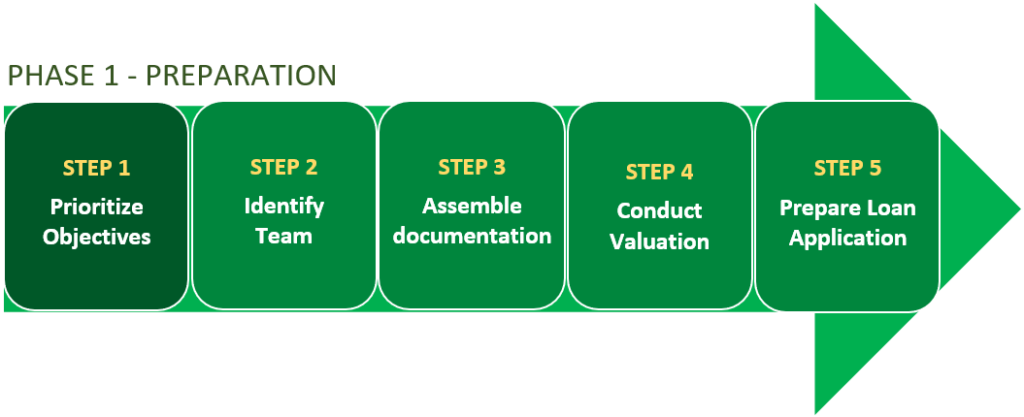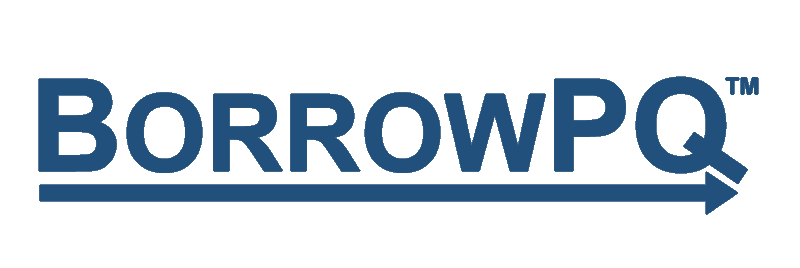
Prioritize Your Objectives for Undertaking an Asset-Based Loan
Most asset-based borrowers have already considered their objectives for undertaking ABL financing for some time before making a decision to proceed. Asset based financing typically enjoys lower cost given the use of collateral that can be readily liquidated in the event of default and establishes working capital liquidity that gives owners agility in managing their business operations.
For those who are still in the early stages of making a choice among financing options, there are several factors that one should take into account when choosing asset-backed financing for your company. Asset-based loans often result in
- Restrictions on your use or disposal of the assets used as the basis for the loan
- Periodic reporting requirements to the lender on cash flow, accounts receivable or other company operations
- Inspections and or maintenance requirements for pledged assets
- Accelerated loan termination features for breaches of certain loan conditions
- Other contractual terms that may otherwise 1) restrict your use of assets, 2) require additional company expenditures to maintain the loan conditions or 3) otherwise affect how you run your business if an asset-based loan were not in place
Alternatives to asset-based borrowing that you may have considered include, among others,
- Negotiating an unsecured line of credit, typically at higher cost, but fewer restrictions
- Raising additional equity by borrowing ownership interests in your company
- Financing of assets
- Factoring of accounts receivable, and sometimes contracts, both of which are forms of asset-based financing but which typically carry a higher cost
BorrowPQ includes a worksheet that you may find helpful in assessing the fit of ABL in your business financing goals.
Advisor Roles, Timing and Considerations
Your assessment of objectives may have raised legal, tax, or other questions regarding structuring the prospective loan. You may want to enlist additional assistance to get answers. Here are some examples of where and when you may need support from outside professionals during the borrowing process.
| Advisor | Preparing and planning | Deal making and execution | Considerations |
| Lawyer | Advice on covenants & asset restrictions Potential lender / borrower identification | Drafting and executing contracts | Ensure lawyer has ABL experience, especially when structuring terms |
| Commercial banker | Advice on capital choices Ongoing growth and operating financing Potential lender / borrower identification | Source of capital Advice on additional capital options Banking process such as terms & conditions Due diligence assistance | Start financing conversations early to avoid surprises. Depending on deal size, you might need additional bank(s) or a larger bank |
| Investment banker | Financing strategy advice Industry expertise Process design, potential lender/borrower identification | Financing insights Managing loan process and lenders Asset valuation, deal terms and structure | Most valuable for larger, more complex deals |
| Tax advisor | Tax consequences of ABL Terms & conditions Tax effects of certain covenants / restrictions on asset usage or disposal Potential lender / borrower identification | Business/personal tax implications Structuring the loan documentation | While tax implications of a deal are critical, it is also important not to pursue a tax advantage at the expense of a more significant strategic win |
PQ can refer you to third-party advisors for Step 1 including Investment Bankers, Tax Consultants, Lawyers, Accountants and more.
Contact Us at any time for help or to provide feedback

